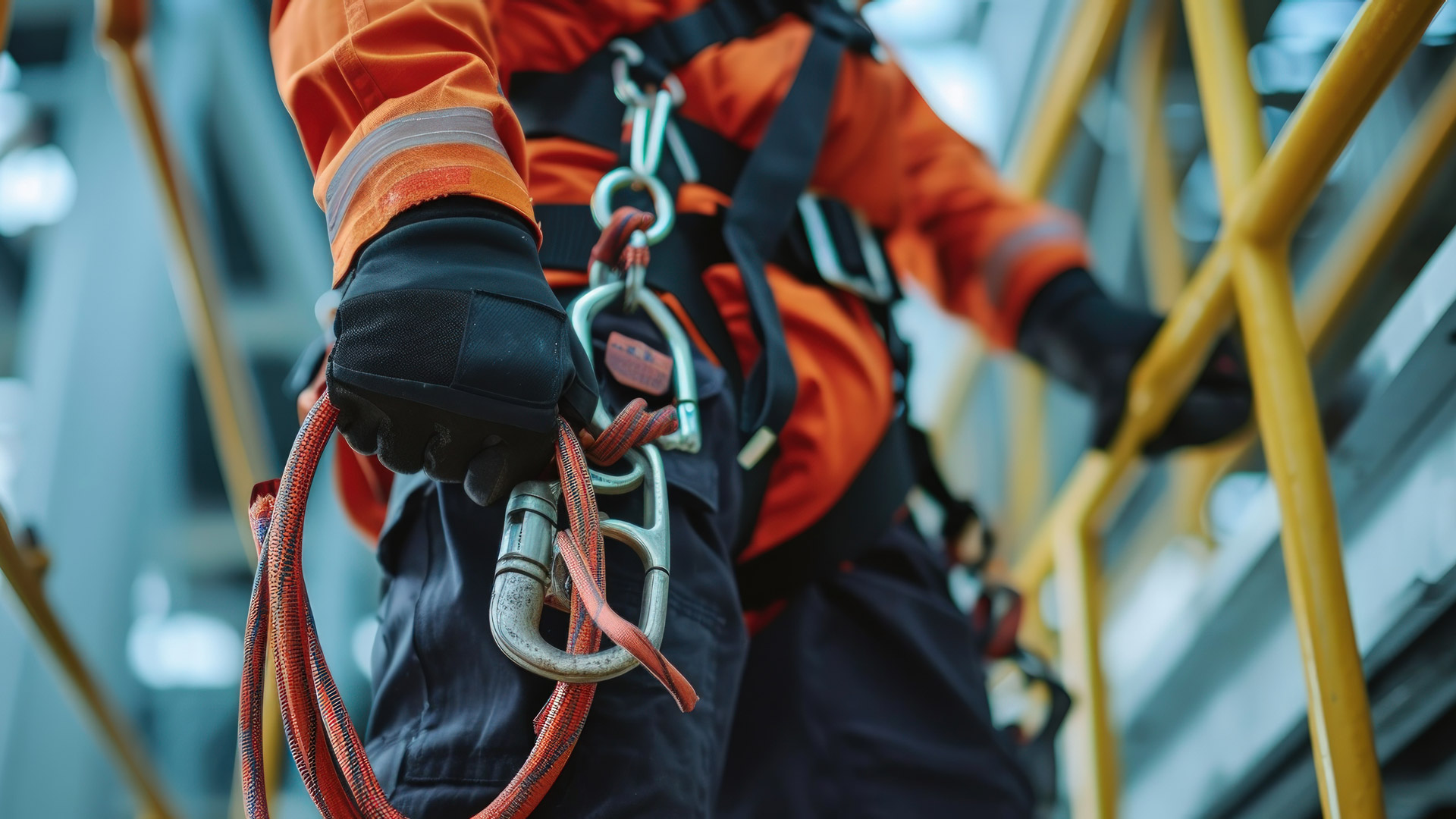A logistics company has been fined £1 million after an employee fell over ten metres and sustained serious injuries. Christopher Hooper suffered fractures to his skull, back, pelvis, arm, wrist and ankle after falling 11 metres at DP World Southampton’s terminal on 20 September 2022.
The 31-year-old had fallen through an open hole in the driver’s cab of a straddle carrier, landing on the concrete floor below. The hole had been created by contractors that were replacing a glass floor, exposing Mr Hooper and other workers to the risk of falling from height.
Southampton Container Terminals Limited pleaded guilty to breaching Section 2(1) of the Health and Safety at Work etc. Act 1974. The company was fined £1 million and ordered to pay £11,664.59 in costs at Southampton Magistrates’ Court on 2 August 2024.
HSE inspector Francesca Arnold said:
“This incident has resulted in severe life-changing injuries for Mr Hooper, who is lucky to be alive. His life has completely changed because of Southampton Container Terminals Limited’s failure to produce a suitable risk assessment and implement straightforward control measures. The hazards of working at height are well known and documented and this prosecution should now remind employers that a failure to manage and implement effective measures can have serious consequences and they will be held accountable for this failure.”
What is work at height: a lack of understanding
This is not your average fall from a ladder or roof, but there appears to be a lack of clarity over what is considered 'work at height', leading to a failure to put in place precautions.
The term actually means work in any place where, if no precautions were in place, a person could fall a distance liable to cause personal injury. The regulations define ‘at height’ as a place at which a person could be injured falling from, even if it is at or below ground level. You are working at height if you:
- Work above ground/floor level;
- Could fall from an edge, through an opening or fragile surface; or
- Could fall from ground level into an opening in a floor or a hole in the ground. Working at height can also (but not always) include work below ground such as in basements and cellars.
Working at height does not include:
- Walking up and down the staircase in an office.
- Working in the upper floors of an office block or a Portakabin.
- An operator sitting in a seat on an excavator.
- Sitting in a chair.
Work at height also does not include a slip or a trip on the level, as a fall from height has to involve a fall from one level to a lower level, nor does it include walking up and down a permanent staircase in a building. The key point is that workers don’t need to fall far to be seriously injured or even killed.
As of 2014, over a million UK businesses and ten million workers were estimated to carry out work involving some form of work at height every year. Employers, facilities managers, building owners and anyone else who controls work at height, including the self-employed, can be held responsible should an accident occur. They would be liable if an accident occurred and equipment was found to be faulty or uncertified. These individuals and organisations have a legal responsibility to ensure that the Work at Height Regulations 2005 are implemented and that all activity is properly planned, supervised and carried out by competent persons. The Regulations place duties on employers, the self-employed and any person who may contract individuals to work at height, including building owners, facilities managers or householders.
Our Working at height course helps learners understand the dangers associated with working at height and implement ways to minimise and control the risks.
This course is designed for employees and operatives who are required to work at height. By the end of the Working at height training course, learners will be able to:
- Understand working at height.
- Understand the legislation relating to working at height.
- Identity how to reduce the need for working at height and prevent falling from height.
- Minimise the risk and hazards of working at height.
- Recognise the risks associated with ladder use.
- Ensure that contractors work in a safe manner.
- Bring your work procedures up to date with the requirements of legislation.
- Reduce incidents resulting from working at height in your workplace.
You might also be interested in
RELATED CONTENT
RELATED COURSES

The Working at height course helps learners understand the dangers associated with working at height and ways to control the risks

The Risk Assessment and Method Statement (RAMS) course examines the HSE’s recognised five-step approach to risk assessment.

IOSH Working Safely is a one-day introductory health and safety training course for people at any level, in any sector.

The world’s best-known health and safety certificate, designed for managers and supervisors in any sector or organisation.

Work at height continues to be the most common cause of fatal injury, according to the HSE’s latest statistics, published on 6 July.

The Access Industry Forum (AIF), the forum that represents the principal work at height trade associations and federations, is calling for clearer rep...

Working at height remains one of the biggest causes of fatalities and major injuries. Common cases include falls from ladders and through fragile surf...

A Cheshire-based electrical transmission company has been fined £240,000 after a man was left paralysed from the chest down after a fall at work.